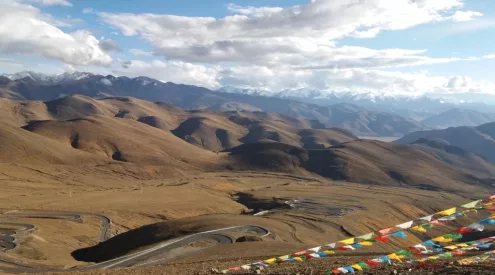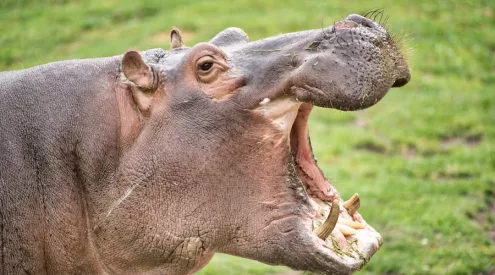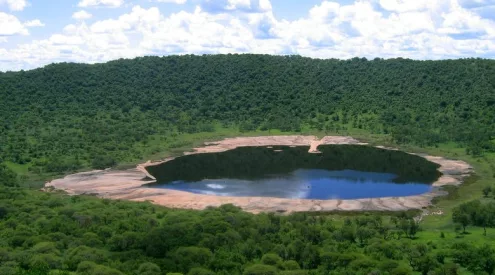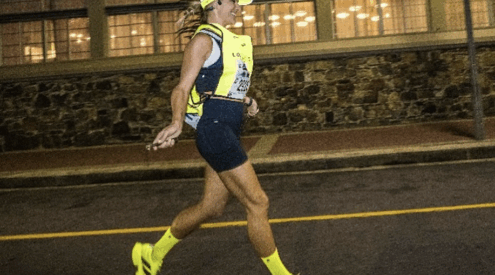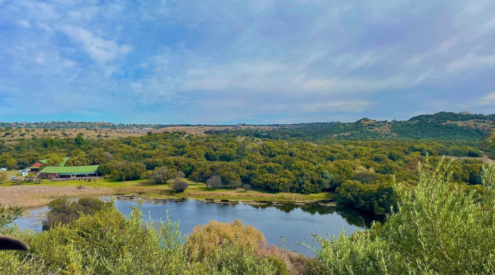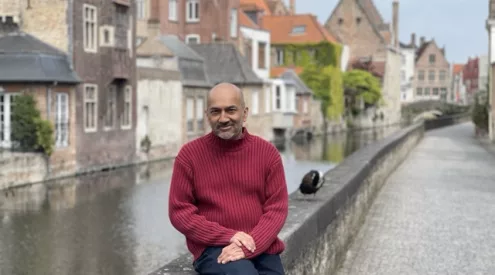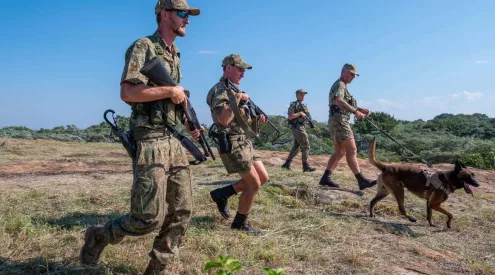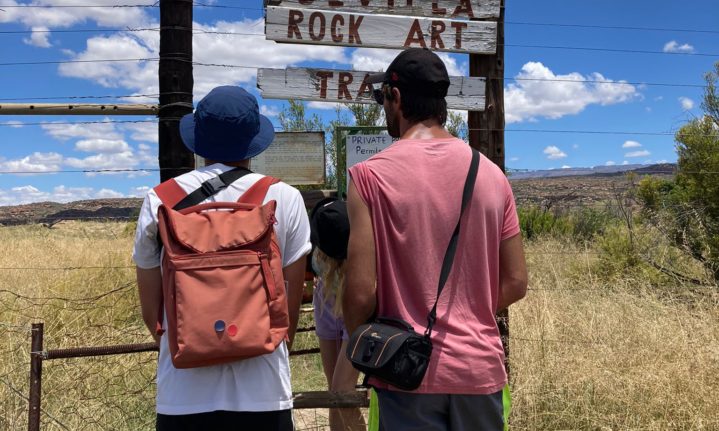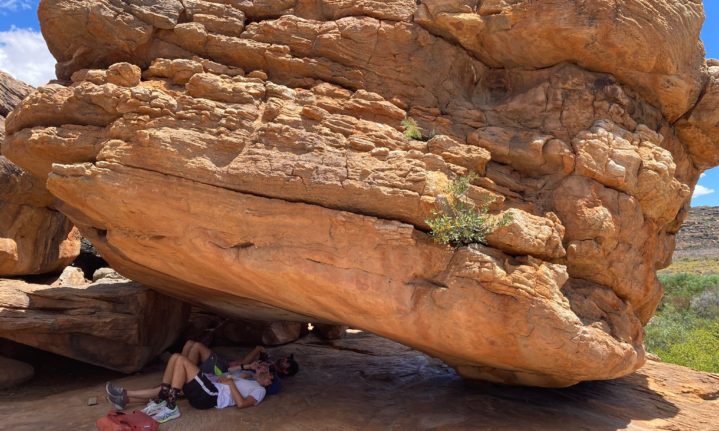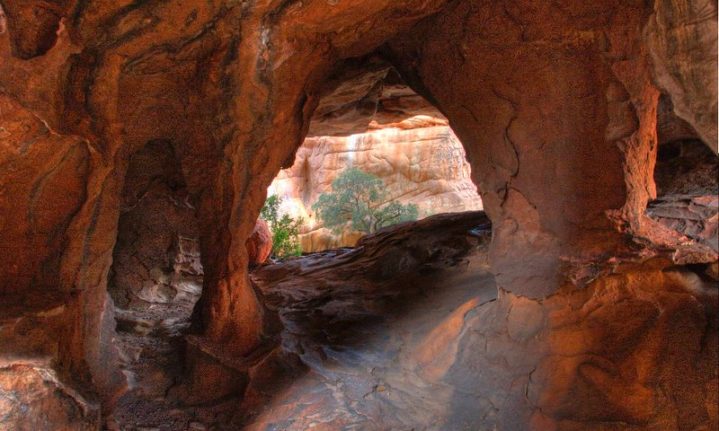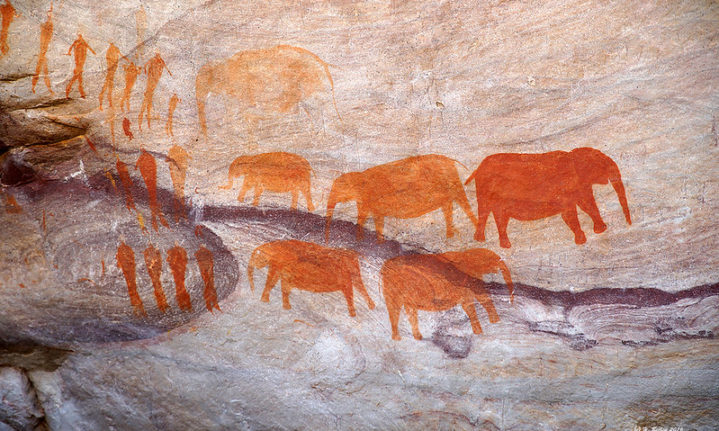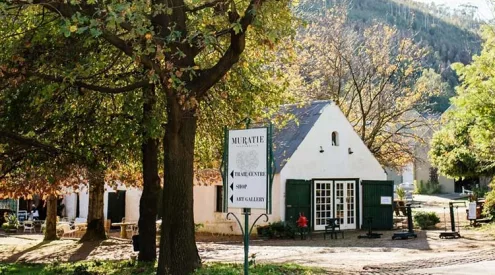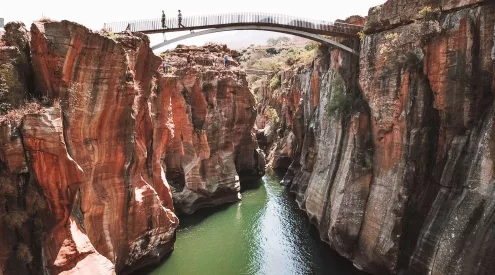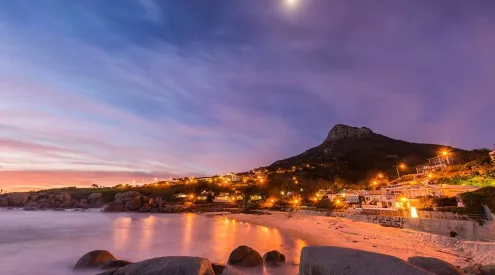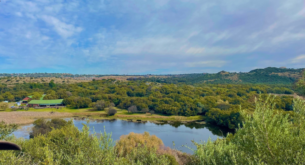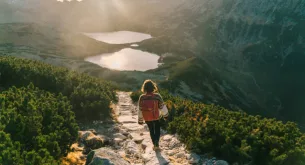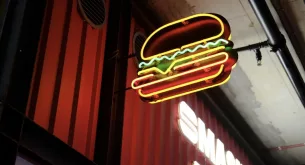The Cape is filled with yuppies perusing the streets every First Thursday trying to get cultured amongst the city’s art scene. However, the country’s artistic tradition goes back centuries, and in some cases, even millennia. So why not explore the region’s ancient rock-art paintings and get cultured outdoors? The air will be fresher, it’s more adventurous, and social distancing will be less of a problem.
South Africa is regarded as having the richest collection of rock art in the world, with the Cederberg region home to more than 2 500 rock art sites.
The rock art paintings were done by the San people (or !Xam), where much of their work is thought to portray specific experiences of the spirit world or experiences of San Shamans. There are thousands of examples throughout the country, stretching from the dry areas of the West Coast to the uKhahlamba Drakensberg Park, where paintings are believed to be more than 3 000 years old. Here’s where to find the best outdoor art galleries in the Cape.
Sevilla rock art trail
With more than 2 500 rock art sites in the Cederberg alone, the Bushmanskloof area near Clanwilliam is considered to be one of the best areas in the Cape to view them.
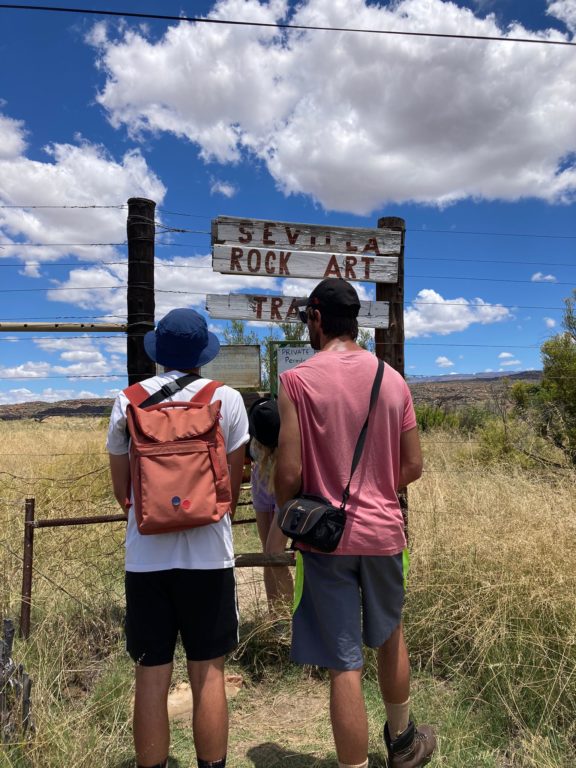
Picture: David Henning
It is believed that there are thousands of undiscovered rock paintings amongst the hidden caves, many of which are hard to reach.
Sevilla rock art trail is an easy way to get you acquainted with the ancient art, where a map is available, and a marked trail that winds along the Brandewyn river, taking you to nine sites.
This trail is also child friendly, so kids can get inducted into the art world early with the added benefits of being out in nature. The nearby river also means that you can find respite from the hot Cederberg sun with a refreshing dip. Permits are available at the nearby padstal for R50 per person.
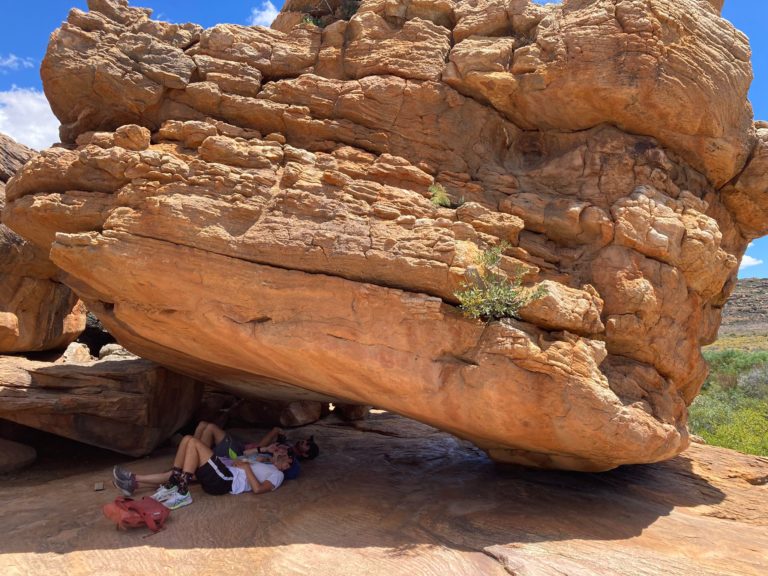
Picture: David Henning
Just down the road from Sevilla is The Bushmanskloof Wilderness Area treat, which is considered to be an incredible heritage site, with over 130 identified rock art sites, as well as providing accommodation options.
This part of the Cederberg is also considered one of the best bouldering spots in the world and along with the breathtaking natural beauty, a visit to this valley will not disappoint.
Stadsaal Caves and Truitjieskraal
The Stadsaal Caves are a series of ancient interleading caves in the Cederberg Wilderness Area that house wonderful examples of rock art paintings, particularly of elephants.
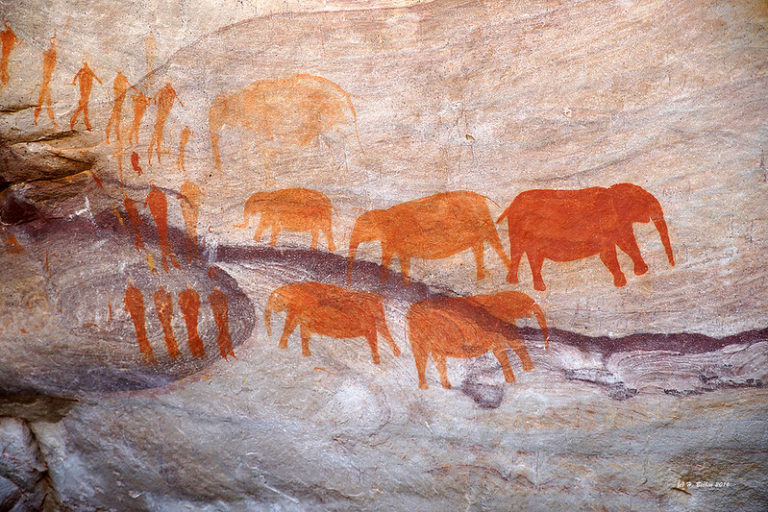
Picture: Heribert Bechen/ Flickr Commons
You will find the caves in Matjiesriver Nature Reserve on the dirt road to Algeria that veers off the N7, roughly 5 km down the road from the Algeria campsite.
The area is protected by Cape Nature, with a gate that bars the entrance to the caves, but a permit is available (R50) at several venues; Algeria, Driehoek, Sanddrif, Kromrivier, Nuwerus or Oasis farms, and comes with a combination for the lock.
Also located in the Matjiesriver Nature Reserve, Truitjieskraal interpretive trail offers a first-hand selection of rock paintings, giving hikers access to over 2 500 rock art paintings.
The areas incredible sandstone formations make for a wonderful hike without the art but one thing is for certain, Stadsaal and Truidjieskraal are relatively short hikes, and should definitely be on your hiking bucket list, here’s a video to prove it.
Gifberg rock art site
The Gifberg forms part of the Cederberg, Bokkeveld and Matsikamma ranges, the eastern boundary of the Olifants River Valley. The rock art site is reached by the narrow Gifberg Pass off the N7, about 15km before Vanryhnsdorp.
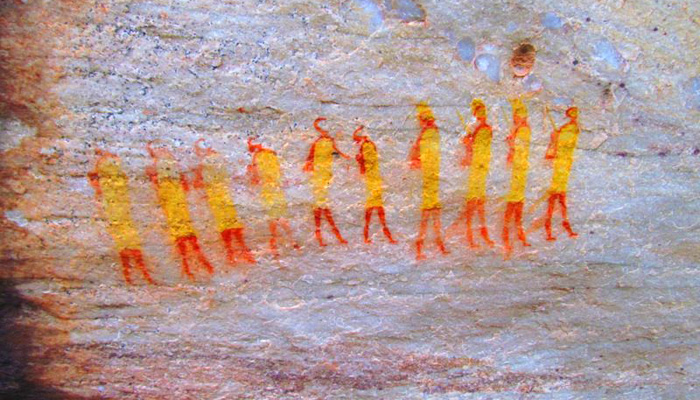
Picture: Gifberg Holiday Farm
Permits are available (R50) from Gifberg Holiday farm where you can view rock art paintings that show shamans (healers) and animals leading from their nows, said to represent ancient shamanic rituals.
Elands Bay Cave
If you growing tired of the mountains, why not head west to the coast. Situated near the little fishing village of Elands Bay (also a prime surfing spot), is a cave nestled in the hills above the harbour.

The view from Elands Bay cave. Picture: Elands Bay Guesthouse
This site was first believed to have been occupied during the later Stone Age 80 000 years ago, until 500 years ago. Rock art paintings include images of Eland. regarded by the San as a spiritual creature.
This site is open to the public, free of charge, but visitors are required to stay on the designated path.
ALSO READ
Things for kids to do in Cape Town before going back to school

